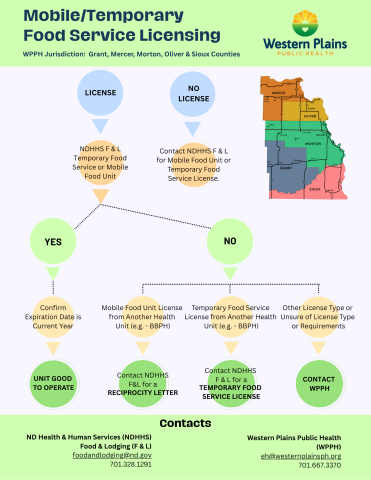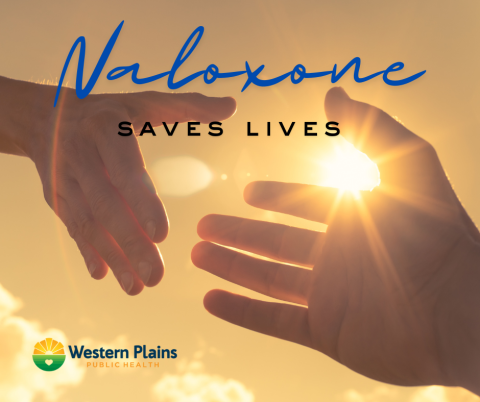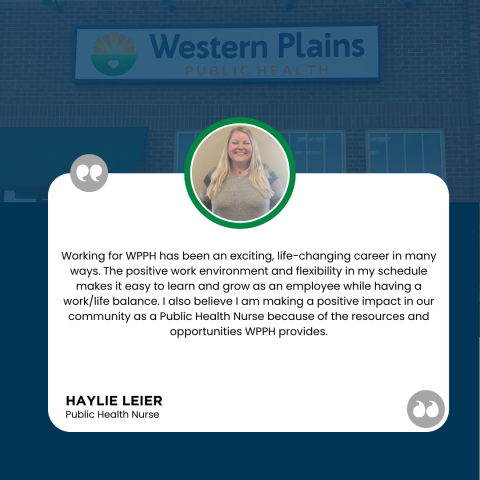Salary: $27-29/hour
Carries out a variety of environmental health regulatory and consultative activities across a broad range of programs; funded by local levy, grants, and fees. Analyzes data for all Western Plains Public Health programs.
Essential Duties:
1. Educates the regulated public and enforces health and sanitation regulations for body art facilities, onsite sewage treatment, aquatic venues, food and beverage establishments, water supply, tanning facilities, and public health nuisances.
2. Assists and consults as needed with solid waste, hazardous materials, vector control, and air quality.
3. Responds as necessary to public health emergencies to ensure protection of responders and the public, as well as restoration of facilities to ensure the public health.
4. Collaborates with partners to interpret and promote environmental health.
5. Conducts training in environmental health subjects.
6. Prepares reports and submits them to the Administrator at regular intervals.
7. Pursue and participate in professional development to maintain REHS credential.
8. Attend required meetings and conferences.
9. Participation in professional organizations related to environmental health is encouraged.
10. Respond to a wide variety of situations which could entail numerous job tasks not specifically assigned.
11. Development of informational resources.
12. Other duties as assigned.
Specialty Duties & Responsibilities
- Assists Environmental Health team with creation of inspection programs for mobile home park/RV campgrounds and lodging facilities based on NDCC 23-09 and 23-10.
- Educate the regulated public and enforce health and sanitation regulations for mobile home park/RV campgrounds and lodging facilities.
- Provide consultation with department heads, program supervisors, and staff in developing and formulating short- and long-range public health program goals, objectives, and activities.
- Collect and analyze program data to strengthen a program’s effectiveness in addressing community health issues.
- Develop annual program reports for the Board of Health and county commissions.
- May be subject to 24/7 on-call status in emergencies.
Minimum Qualifications:
- Baccalaureate degree in the physical, chemical, or biological sciences, including at least 30 semester or 45 quarter credits in physical, chemical, or biological science.
- Current ND licensure as an Environmental Health Practitioner (must be obtained in first two months of employment). See requirements here: https://www.hhs.nd.gov/health/ehp-cpfs-licensure-and-training
- National licensure as REHS within the first five years of employment. Must be completed before movement beyond entry position.
- Valid driver’s license
- Certification in CPR (within first year of employment)
- Certificates of completion for National Incident Management System (NIMS) training in 100, 200, 700, and 800 (within first year of employment)
- Successful completion of Certified Pool Operator Training
Job Type: Full-time
Expected hours: 40 per week
Benefits:
- Dental insurance
- Employee assistance program
- Flexible schedule
- Flexible spending account
- Health insurance
- Life insurance
- Paid time off
- Retirement plan
- Vision insurance
Schedule:
- 8 hour shift
- Monday to Friday
- Weekends and evenings as needed (always advance notice of these events)
Work Location: In person, Main office location is Mandan, ND
Please email resume to eourada@westernplainsph.org or call 701-667-3370 and ask for Erin Ourada.







